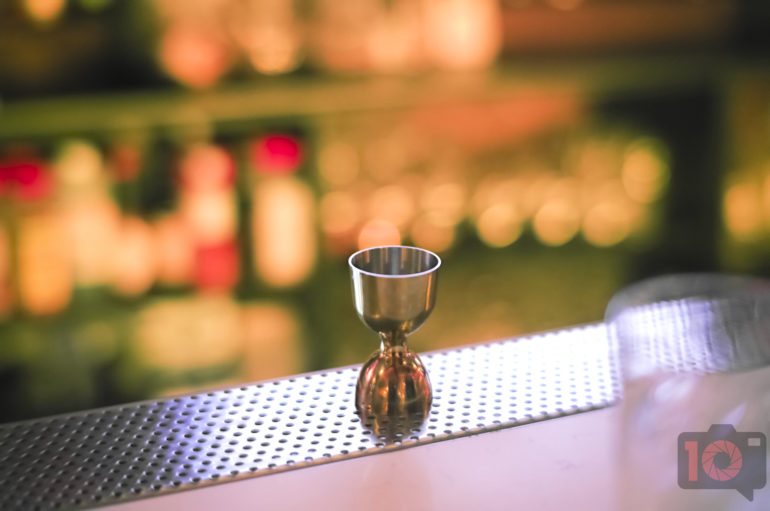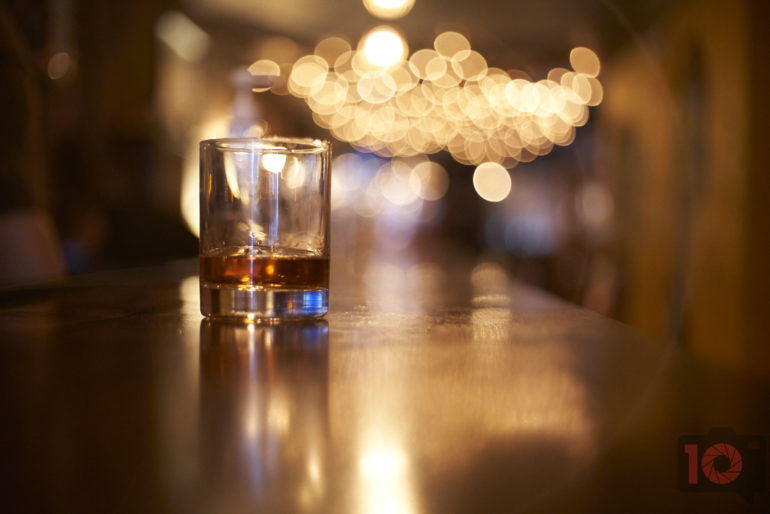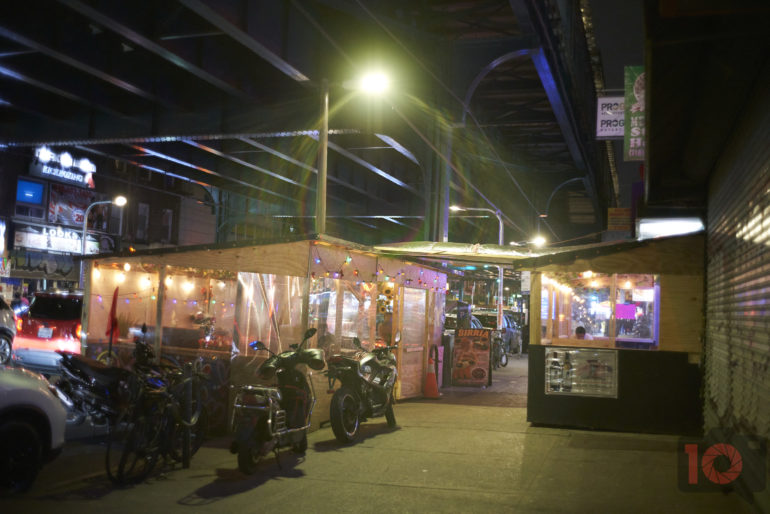If you’ve read this site for a while, you know that we’re smitten with vintage lenses. There’s something about the feel of metal lenses that makes everyone on our Reviews Team go head over heels. What’s more, vintage lenses have a look that isn’t too clinical. We’re looking for unique and stunning renders, not the same cookie-cutter photos everything else can give us. And for that, sometimes we look to vintage lenses. Here’s why you should too!
Forget About the Sharpness
When I use vintage lenses on new cameras, I often don’t care about sharpness. I’ve formerly said that older lenses don’t resolve newer sensors. By that, I mean they don’t showcase how good the new sensor’s resolution can be. But the fact remains that they still can make some beautiful images. Sharpness doesn’t always matter. I mean, do we need to see the pores on your portrait subject? Aren’t you just going to try to retouch them out anyway? Modern lenses and cameras are more than sharp enough, and we don’t necessarily need them sharper. With vintage lenses, you’re basically forgetting about sharpness.
Many times, less sharpness is better. In recent years, photographers are looking for more contrast or clarity in their photos. The midtones can come out in your RAW files by adding clarity via your camera. Contrast can be added this way too, but the contrast from vintage lenses with an apochromatic element is stunning.
A Look You Don’t Get Anymore
Over the years, Japanese manufacturers have tried to get their lenses closer to what they think is perfection. From how I’ve interpreted it, they’ve wanted photos to be just the way the human eye sees. The reality is that look gets very boring quickly. Eventually, all the lenses end up giving a look that appears exactly the same. Can you tell the difference between a Sony G Master lens and a Nikon S lens? I’m not talking about pixel peeping the photos, I’m talking about looking at them as a whole.
In truth, Japanese manufacturers will, for the most part, end up creating lenses that look like one another. I mean, who ever complained about onion bokeh being a problem? For years, no photographers had problems with it. I was watching Watchmen the other day on HBO Max and fell in love with how beautiful the onion bokeh was in some of the scenes. It wasn’t distracting to me; it enhanced the look of the scene. I’m pretty sure vintage lenses were used for that look. Otherwise, the lenses were just not very old.
The reality of all this is that we can’t hyperfocus on one specific area of images. We need to look at them as a whole.
The Fun of Slowing Down
Vintage lenses also make you slow down. Some of them have autofocus – a lot of them don’t. So you need to stay in one place and carefully compose your scene. You don’t need to hurry and get the shot each and every time. It’s a nice reminder that we should enjoy our time shooting. Life is fast-paced enough. Why do we need to speed up the enjoyment of our hobby? We like shooting, and we don’t need to spend more time in front of a computer editing.
If you don’t already, I recommend getting your hands on some vintage lenses. At this point, anything that’s over 20 years old is considered vintage. There are tons of quality lenses from the DSLR days from Zeiss, Canon, Nikon, and others. Better yet, you can get them from a lot of great retailers like Blue Moon camera or somewhere on eBay.









